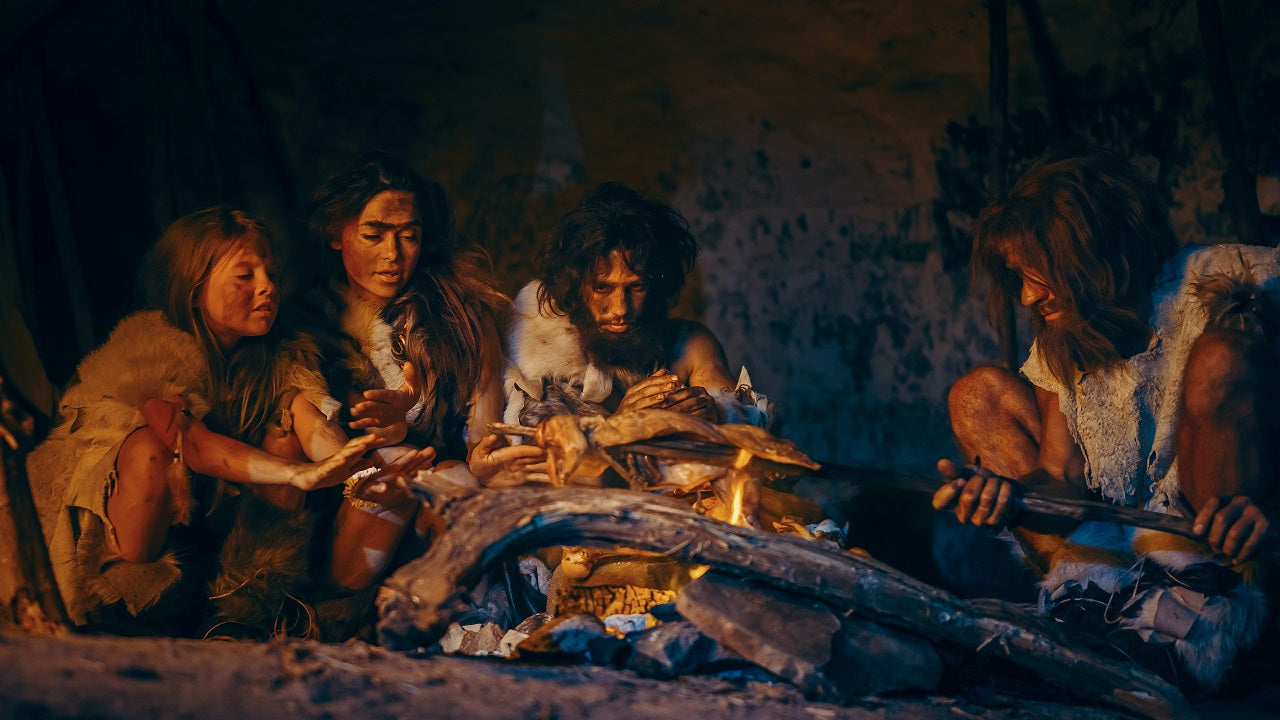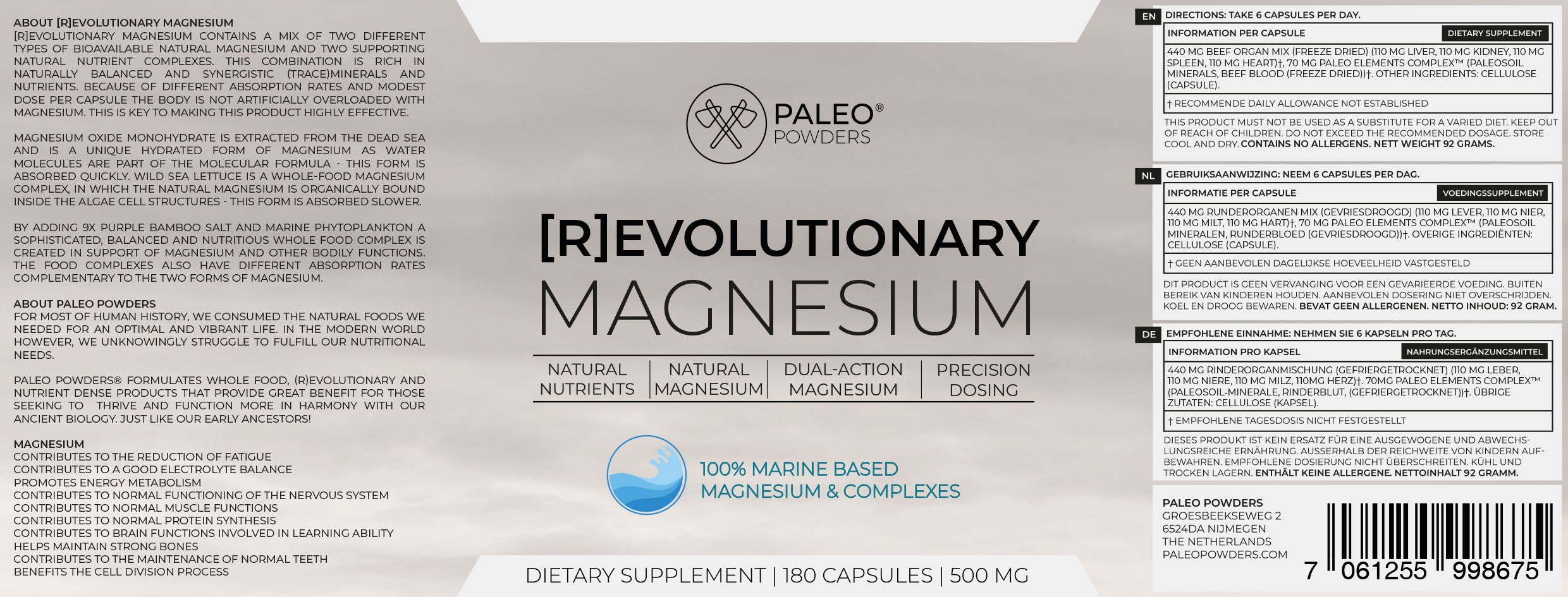
Ancestral Eating: Embracing Nose-to-Tail Nutrition for Optimal Health
In recent years, as our world becomes increasingly health-conscious and environmentally conscious, we are returning to our ancestral roots in search of better nutrition. Ancestral eating is a philosophy that emphasizes consuming the entire animal - from snout to tail. We delve deeper into the concept of ancestral nutrition and explore its potential benefits for our health and the environment.
History of Ancestral Eating: A Look Back at the Past
Ancestral nutrition is far from a new trend. It is a practice that dates back to ancient times, where it was the norm in many cultures around the world. Indigenous tribes and ancient civilizations understood the value of nose-to-tail eating and embraced this diet as an integral part of their diet.
Blood as a source of nutrition
In many ancient cultures, blood was considered a precious part of the animal and a valuable source of nutrition. The animal's blood was often seen as a source of life force and vitality. Ancient peoples understood that blood contained essential nutrients, such as iron and protein, that were vital to health and well-being.
In some cultures blood was consumed directly, while in others it was used to prepare nutritious dishes and drinks. Making black pudding, a traditional dish that mixes blood with fat, grains and spices, is an example of how blood was put to creative and tasty use in the kitchens of ancient communities.
In addition to nutrition, blood also had spiritual and cultural meanings. Some cultures performed rituals using the blood of sacrificed animals as a way to strengthen the bond between people and the natural world. The use of blood as a valuable part of the animal reflects the deep connection and reverence that these ancient cultures had for the sources of their nutrition and the importance of maximizing every nutritional value it had to offer.
Supporting Cultures in Antiquity
Several ancient cultures supported nose-to-tail eating as a way to minimize food waste and obtain optimal nutrition. Traditional Inuit diets used all parts of marine mammals, from the meat to the fat and organs. Australia's Aboriginal people used the whole kangaroo in their meals, and Native American tribes, such as the Plains Indians, honored the buffalo by utilizing every part of the animal for food, clothing and utensils.
Nutritional value and Sustainability Hand in Hand
It is essential to understand that ancestral nutrition is not just about using all parts of an animal to avoid food waste. It's also about the nutritional value that these underutilized parts provide. Organs and tissues often contain higher concentrations of essential nutrients than muscle pieces, making them valuable sources of nutrition for human health.
Ancestral Eating: Back to Basics
With advancements in food industries and technologies, we have strayed from the simple and sustainable nutritional practices of our ancestors. Ancestral nutrition takes us back to basics and reminds us that our ancestors lived in harmony with the natural environment and the animals around them.
Ancestral nutrition is not a hype; it is a return to our origins. By embracing nose-to-tail eating, we learn to value the whole animal and promote sustainable eating habits.











